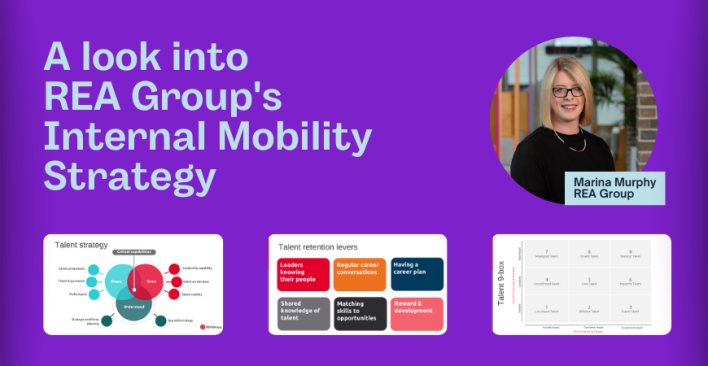Stop the Violence – Domestic Violence, What can Employers do to Help?

David Morrison, 2016 Australian of the Year. He’s the Chief Army Lieutenant who got on YouTube (1M+ views) in 2013 and openly declared enough is enough with the ongoing sexual harassment of women in the military.
We talk about inclusion, workforce participation, and the lack of quality talent. We are all fishing from the same pool of available people. Are there other groups of people we might be able to bridge the gap with?
I think so, and they are victims of domestic violence.
This is one of the more difficult blogs I have had to write. Reading all the research was really depressing, and to be honest a real struggle to digest and comprehend. ‘Out of sight, out of mind’ as they say, and this really hits home because someone you know is likely to be a victim of domestic violence.
[bctt tweet=”The statistics for domestic/family homicide makes for grim reading according to @stanrolfe”]
According to the Australian Institute of Criminology (AIC) from 2002 – 2012:
- Intimate partner homicide (where the victim and offender are current or former partners) accounted for 56% (654 victims that’s 65 people per annum average) of domestic/family homicides;
- 488 (75%) women accounted for the 654 Intimate partner homicides;
- Victims aged 35 – 49 account for 41% of Intimate Partner Homicide;
- Filicide (victim is the child of the offender) was the next highest accounting for 238 (21%) homicides for the decade. As a father, this stat made me uneasy and sick to the stomach;
- 68% of all homicides happen in the home;
Grim. But that’s only the homicide stats and don’t include the last 4 years which as I understand it, has increased!
According to the ABS release Experimental Family & Domestic Violence Statistics released in September 2015:
- 2014 saw 95 victims of family and domestic violence related homicides;
- Reported assaults in 2014 over 53,000!!! Don’t forget these are just the reported ones;
- Women were three to four times more likely to be victims of assault AND six to twelve times more likely to be victims of sexual assault;
If we look at these numbers, and then broaden the impact it has not only on the individual, but to their immediate and extended families, close friends, etc. the numbers get big very quickly.
So what does this all have to do with Talent Management, HR practitioners?
‘Oh we provide our employees with counselling services, it’s one of our benefits’ you might say.
Well that’s great, but when was the last time you looked at the success of it? Have you actually used the service yourself? Was it any good? Did you provide feedback?
At a previous employer I engaged the company provided support service. I had relationship issues, we went and met with what I could only gather was a grad. It was shite. It was hard enough to get my partner there, but then to have such a poor experience really did not help the situation at all. I certainly provided feedback to my employer.
For me, it was a no brainer, I sought out help for myself. I made sure my partner was aware that the service was also available to her. But I wonder how many other company employees inform their family about such services? Do employers reach out to employee’s families to extend to them the same benefits where applicable?
But what else can we as employers do? Should we get involved? How do we get involved?
[bctt tweet=”@stanrolfe – It doesn’t always have to be financial when helping employees affected by crisis situations”]
My sister works for a small civil engineering company here in Perth. Maybe 100 – 150 employees dominated by men. As a business they have decided to sponsor a Perth based organisation called Zonta House. Their sponsorship comes by way of donating household goods and clothing to help women in emergency situations where they have had to leave their home.
That’s just one example of an organisation doing a little bit more than most. Whilst they are not doing it to attract more women to their organisation, what a great initiative which could attract more women to their organisation should they chose to leverage it. It does not have to be financial all the time.
Do we have leave policies and procedures in place to assist employees in crisis situations?
Do we have return to work policies or procedures in place to help those returning from domestic violence?
As employers and especially those with larger male workforces, what are our obligations in preventing domestic violence? Are we obligated?
I’ve focused more on women in this blog because they are the victim for the majority, but this also applies to men, and children who may be young adults
One size doesn’t fit all, and we as a whole could do far more than we are. If your organisation is doing something positive in support of victims of domestic violence, please share with the ATC Hub community.
This year, ATC2016 conference is VUCA (Volatility, Uncertainty, Complexity, Ambiguity) and our special guest speaker, Simone O’Brien, will talk about her experience with domestic violence and White Ribbon Australia. ATC will be donating $50 to White Ribbon for ever early bird registration for ATC2016.

Related articles
Leave a Reply
Sign up to our newsletter
Get a weekly digest on the latest in Talent Acquisition.
Deliver this goodness to my inbox!


